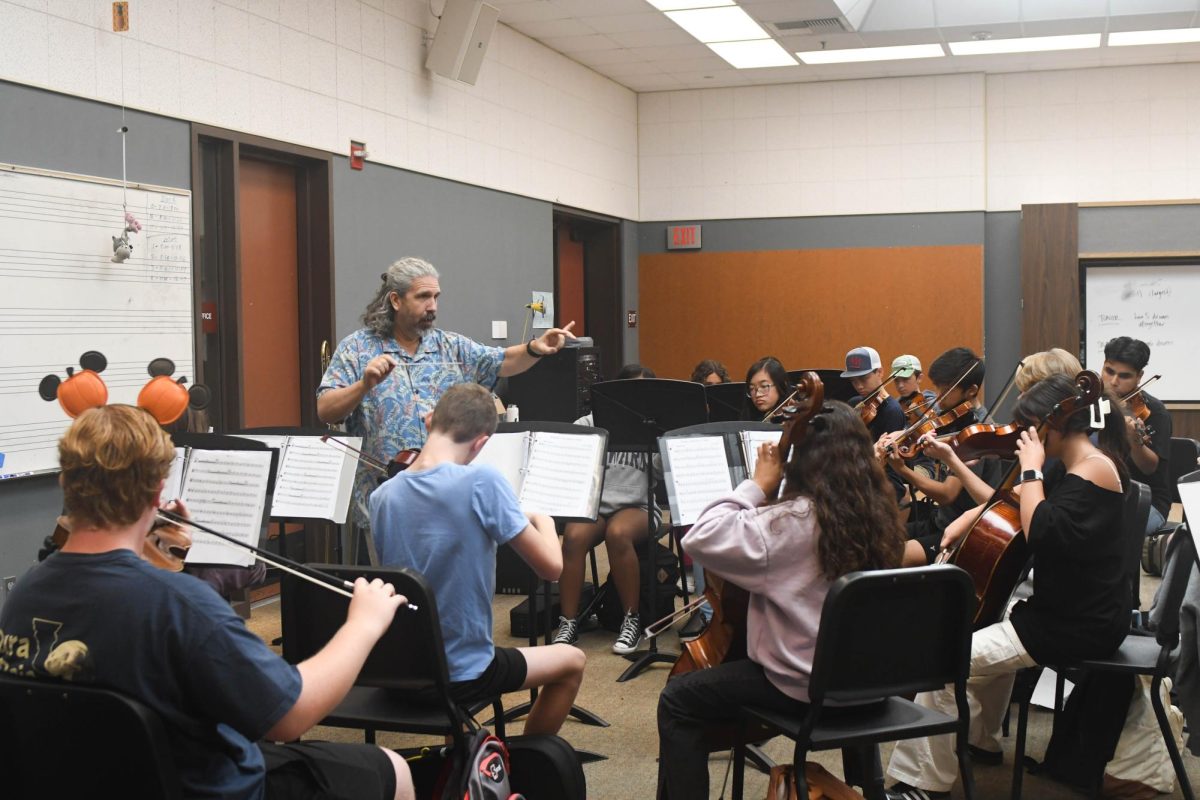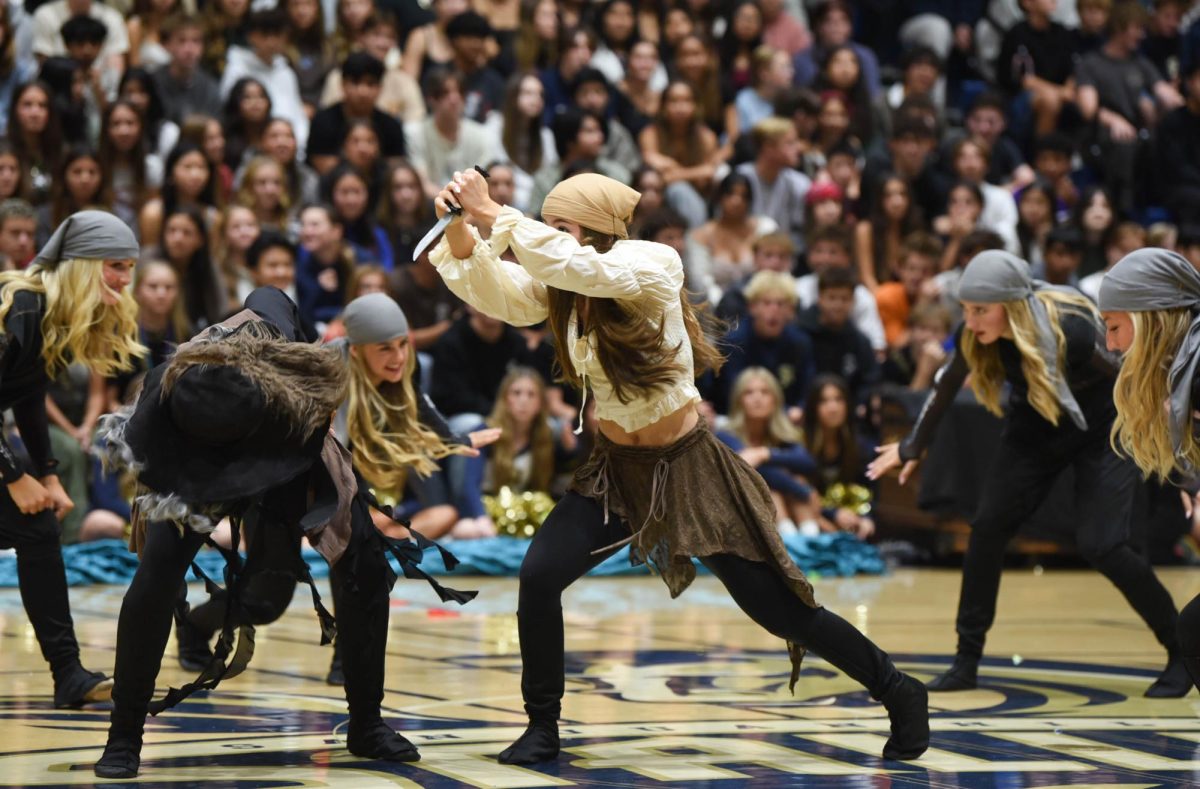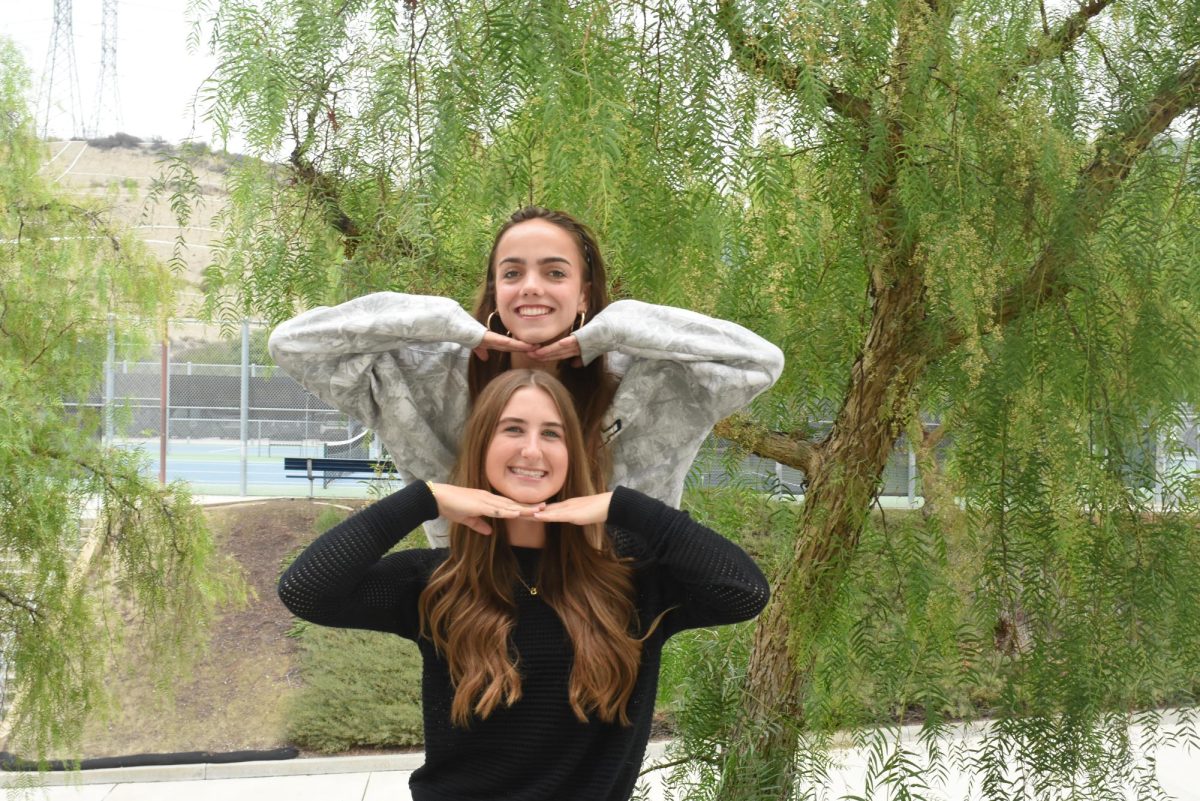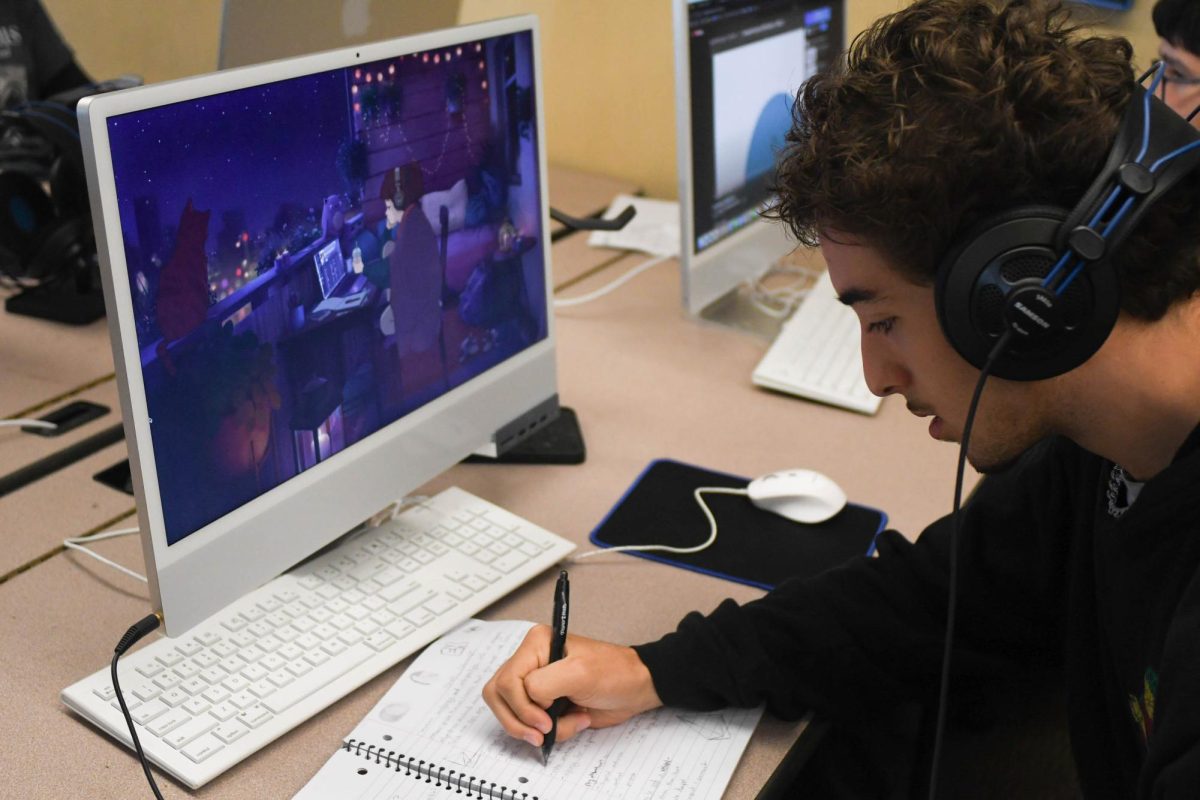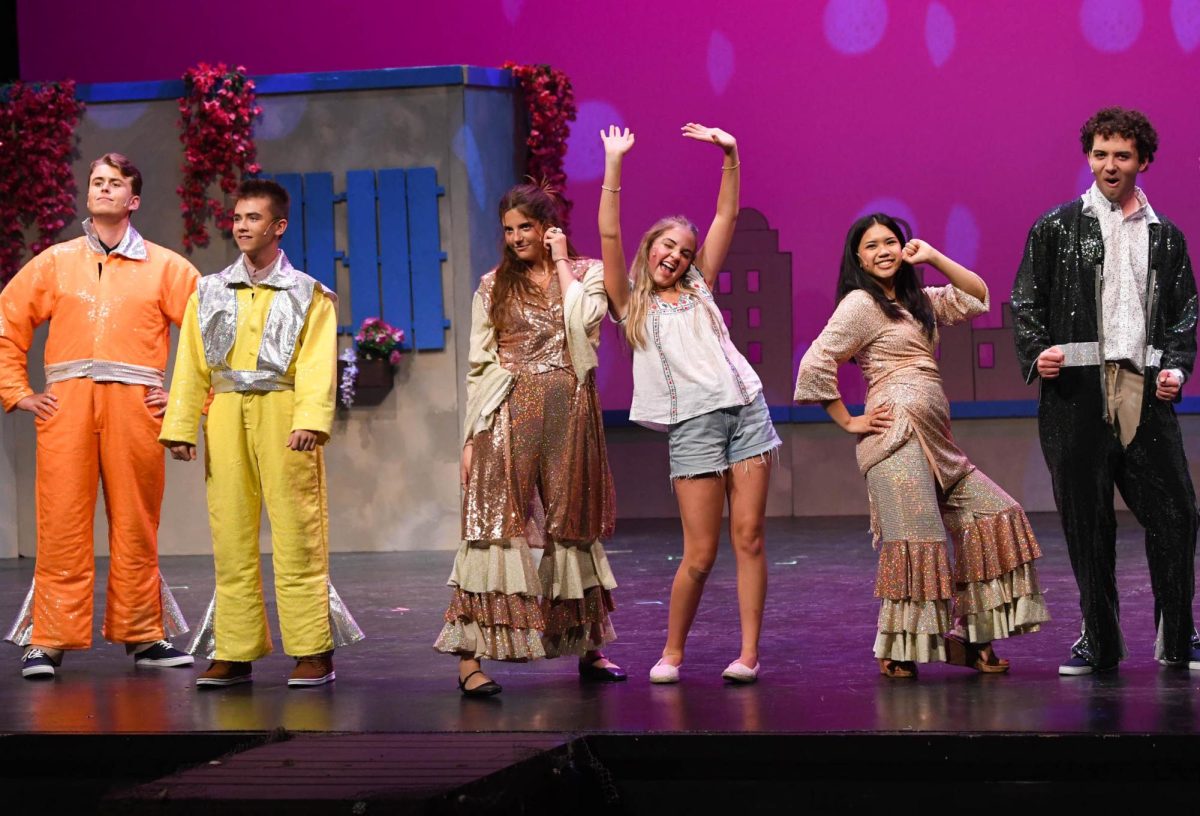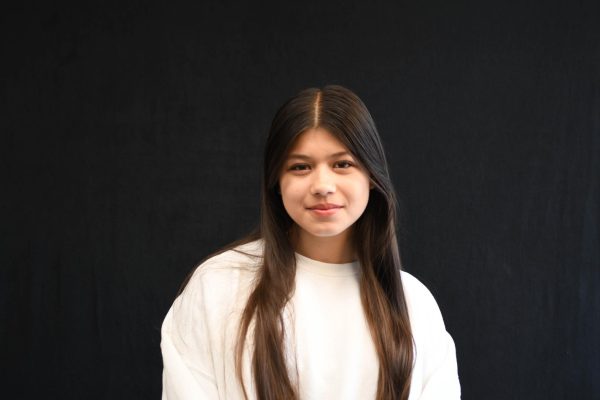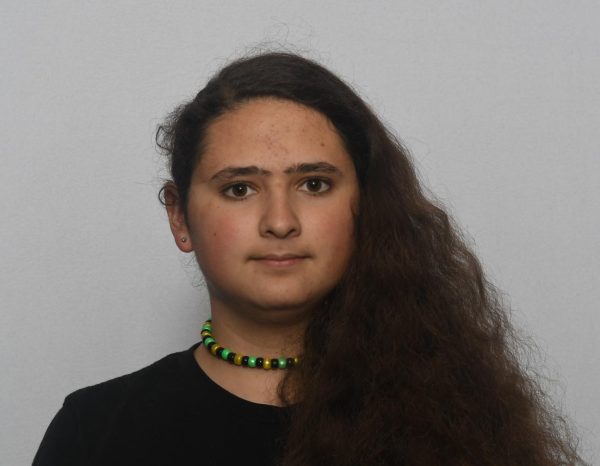The orchestra puts many hours and lots of effort into crafting a musical harmony under the direction of Dean McElroy. Under his guidance, individual students’ skill sets are assembled into a cohesive ensemble and a captivating symphony.
“First of all, just the individual musicians have got to be strong players. But with an orchestra, it’s really about playing together and hearing everybody else,” said Orchestra teacher Dean McElroy.
Individual dedication to excellence among the instruments is strove for in order to find collaborative harmony among the Orchestra. While strong musicians are vital, the total effect lies in the collective ability to play seamlessly together.
“It’s very obvious if you don’t do your part individually to come together with the rest of the orchestra,” said senior Lana Gallimore.
The dedication of each orchestra student to improving and perfecting their roles is crucial for achieving overall harmony.
“The toughest thing to negotiate is giving everybody the right instruction that they need when it’s so varied,” said McElroy.
Adjusting his teaching to the various instruments used in an orchestra is a challenging aspect that Dean McElroy faces daily. Student musicians each portray unique individual skill levels, and providing the right guidance to every Stallion is a complex task.
“String section plays faster, woodwinds handle melodies, brass brings power, and percussion adds color,” said McElroy.
The string instruments provide a graceful and steady foundation, while the woodwinds create beautiful melodies. The brass instruments bring power and energy while the percussion section adds lively rhythm to the ensemble.
“We do sectionals, where people in each section come together and sort of perfect their part. And a lot of listening to other parts and listening to recordings and just sort of getting familiar with the piece” said senior Mel Hui.
To attain harmony, each group within the orchestra begins its journey separately. Band and string orchestras independently practice their parts before coming together to unify the sound.
“We meet in the evenings a week or two before the concert. And that’s the first time that they’ll play together,” said McElroy.
The final revisions of an orchestral performance come together in the weeks leading up to the concert. It’s in these crucial evening rehearsals that the separate sections of the orchestra join forces and finetune their performance for the event.
“So you kind of define yourself personally and to make sure that you are in harmony with everyone else. And that can be stressful sometimes when we have other schoolwork to do and we have concerts coming up and we have to really step it up and practice more,” said Gallimore.
Stallion musicians’ personal growth extends far beyond the rehearsal room. They encounter the challenges of balancing schoolwork with the demanding preparation for upcoming concerts which can be stressful at times. Yet, the rewards fulfilled after a performance are undeniable.
“It’s almost kind of like an artificial high. You just get really excited and almost adrenaline from being on stage,” said Gallimore.
This thrilling feeling makes the countless hours of practice rewarding and worthwhile. Participation in music has a profound impact on many students, especially during challenging times.
“Even when I was a freshman, this was deep during COVID. So my only interaction with people was through music and that’s how I got my first friends,” said Gallimore.
The orchestra serves not only as a platform for embracing music but also as an opening to new connections and a kindhearted community.
“I make a lot of friends in orchestra and it’s nice to sort of have something that everyone is passionate of,” said Hui.
The shared passion for music creates deep friendships between musicians and creates an atmosphere where individual talents unite to create harmony, resonating with both performers and audiences.

